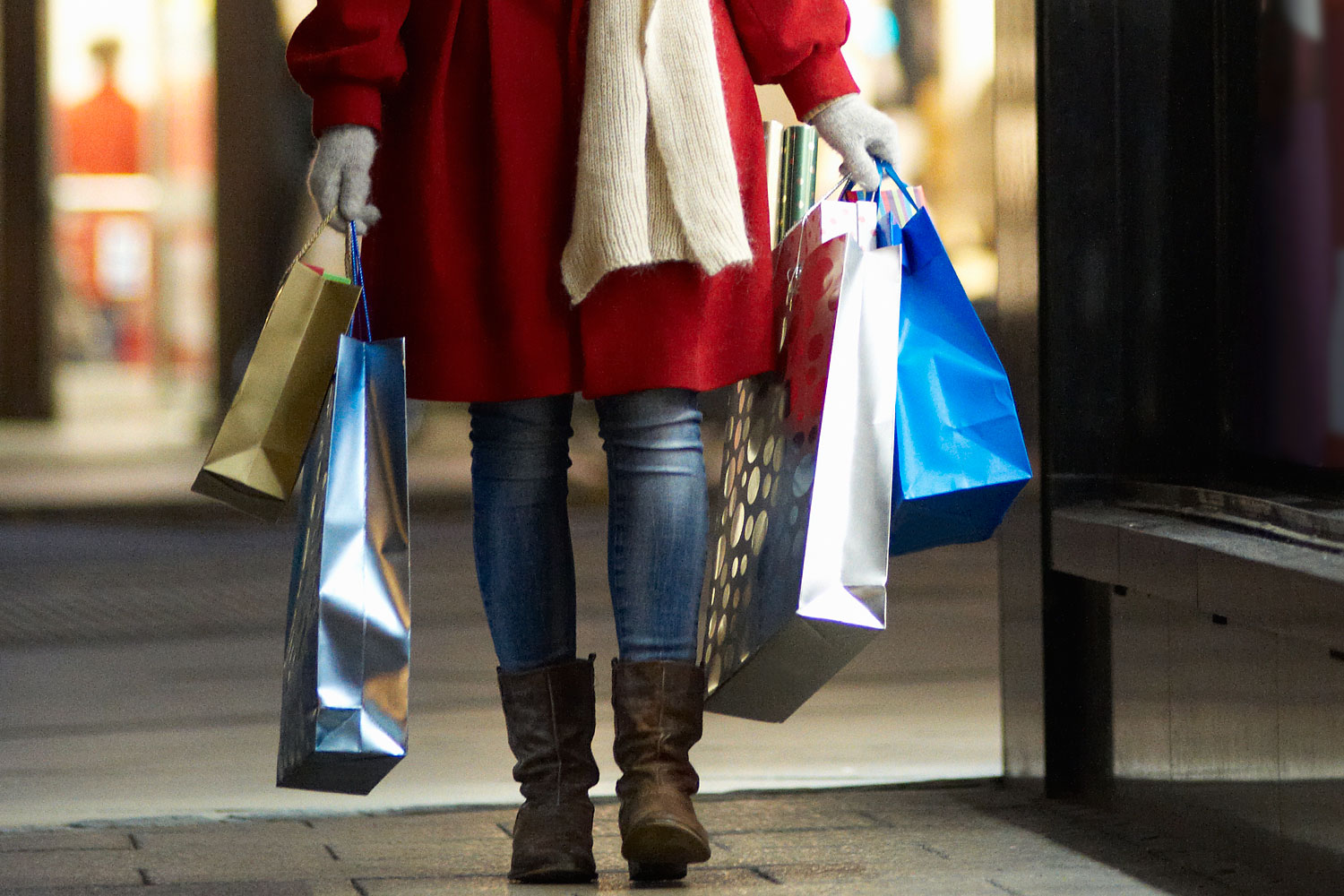
So maybe you didn’t commando-roll under the shutters, elbow your way to the front, or wait for hours to make sure you got a doorbuster deal on a shopping day dubbed Black, Grey, or Cyber. But you probably still looked forward to the post-holiday sales a bit, right? After all, a third off feels good to everyone. Half off feels even better. But in fact, in the end, more stuff is just going to make us feel worse, no matter how discounted it is.
(MORE: 1 in 4 People are Genetically Predisposed to Bargain Hunt)
There was a time when we thought that more stuff would make us happier. That time was called the 20th century, the age of materialistic consumerism, the era inspired by the counterintuitive idea that early consumer advocate Christine Frederick called the “American paradox”. The idea was simple: it said that if we wanted to have more, instead of saving, we had to spend more. And it worked by creating a booming economy. Our standard of living soared, and we got modern appliances, central heating, bigger and better cars, and better healthcare. But what worked when the problem was scarcity is not working anymore. Now, our problem is often having much more than enough, which means more hassle, more to manage, and more to think about. In our busy, cluttered lives, more is no longer better. It is worse. Overwhelmed and suffocating from stuff, we are feeling what I call “stuffocation,” an anxiety brought on from having too many material goods, nowhere to put them, and the sense that this has become a systemic problem.
An environmentalist will tell you we’re feeling this way because we’re worried about landfill, carbon footprint,
climate change. A social commentator might say we’ve had enough of stuff because it’s giving us affluenza. A philosopher might explain we’re fed up with the status anxiety that comes with materialistic consumerism.
(MORE: Co-Author of Affluenza: I Am Appalled by the Ethan Couch Decision)
And an anthropologist might tell you – quoting from the most extensive study into daily life ever conducted by the Los Angeles, California-based Center on Everyday Lives of Families (CELF)– that we’ve had enough of stuff because we are living in “the most materially rich society in global history”. We are at a point of “material saturation”. And we are facing a “clutter crisis”.
A piece of startling evidence that emerged from CELF’s work shows, for the first time, that clutter can be so bad for the health of women it should come with the sort of warning they put on cigarette packs: clutter kills. By recording how people feel about their homes and testing them for the stress hormone cortisol, UCLA psychologists Rena Repetti and Darby Saxbe found that women who have issues with clutter have the signature pattern of cortisol that is associated with people who have chronic fatigue, post-traumatic stress disorder, and a higher risk of mortality. Women who struggle with the stuff in their homes, in other words, are more likely to feel tired, depressed, and die. Of course, buying one more sweater won’t knock you down dead tomorrow. But just as long-term overeating eventually leads to obesity, so accumulating more and more stuff will contribute to the sort of stress that leads to an earlier grave.
If your January isn’t complete without a bargain though, there is a way to shop smart: buy an experience, like a vacation trip, instead. That’s far more likely to make you happy than having more stuff. And at this time of year, you can find a third off those as well.
James Wallman is a trend forecaster and author of Stuffocation. The views expressed are solely his own.
More Must-Reads from TIME
- Donald Trump Is TIME's 2024 Person of the Year
- Why We Chose Trump as Person of the Year
- Is Intermittent Fasting Good or Bad for You?
- The 100 Must-Read Books of 2024
- The 20 Best Christmas TV Episodes
- Column: If Optimism Feels Ridiculous Now, Try Hope
- The Future of Climate Action Is Trade Policy
- Merle Bombardieri Is Helping People Make the Baby Decision
Contact us at letters@time.com